Following in the footsteps of D&D 5e, Baldur’s Gate 3 is a paradise for character building and trying out various class options. That said, even though every class has the potential to be powerful, some are just mechanically inferior at base value. That’s especially true in a video game setting where combat is more of a factor than in the TTRPG. So, multiclassing aside, we’re listing all the classes in Baldur’s Gate 3, ranked from worst to best.
12. Monk
Despite the Baldur’s Gate 3 fix for Monks that adds more Ki points, they still remain in the lower ranks of BG3 classes. They have powerful and flashy abilities, but Monks can burn through Ki points quickly in a prolonged fight. Their dependence on this limited resource and their low survivability, coupled with a measly hit dice, just can’t sustain them on the front lines without luck and clever maneuvering.
The choice between Patient Defence and Flurry of Blows as a bonus action means they have difficulty keeping up with other melee classes. That said, Monks improve drastically at higher levels with more Ki points.
11. Ranger
The underwhelming subclasses have been slightly improved for a Baldur’s Gate 3 Ranger. The Gloom Stalker certainly helps. However, Rangers remain highly situational, trading damage and defense for questionable flexibility with spells. The problem is that those spells are inferior to the other classes and are usually for utility.
On the martial side, Fighters who specialize in archery can arguably outshine Rangers in common fight encounters. The tanking potential of Beast Master companions and the first round burst of Gloom Stalkers is what is keeping Rangers alive barely.
10. Warlock
Warlocks have access to one of the best damaging cantrips in the game, called Eldritch Blast. And, sorry folks, that’s pretty much it. Of course, I’m exaggerating slightly, but their subclass abilities don’t bridge the gap with the other DPS casters.
Furthermore, the limited choice of spells and the even stricter two spell slots per fight cement the Warlock’s fighting routine in a longer encounter. Our team has indeed had some luck with Warlocks in the past, but this is a minuscule percentage compared to the dominating careers of Clerics, Sorcerers, and Wizards. Be that as it may, you can make a powerful Warlock with our guide.
9. Druid
Druids, similar to Bards, have a lot of flexibility in their base kit. They can influence the battlefield with crowd control spells, tank with Wild Shape, heal allies, and cast sustained damage-per-round spells like Call Lightning. In reality, they can’t perform these actions consistently, and they end up not mastering these aspects of their kit outside of specific subclasses.
If you want to access all the elements of combat, like DPS, tanking, healing, and scouting with one class, Druids are perfect for you. That said, keep in mind that they’re suboptimal in each role. In case you are interested in Druids, you might find this Wild Shape guide interesting.
8. Rogue
Rogues are one of the best skill monkey classes in the game outside of combat. Their scouting, sneaking, lockpicking, and social skills are top-notch. In combat, however, they pale compared to the Fighter and Barbarian. This is absolutely fine, as most of their class identity lies out of combat.
Each round, you’ll be trying to score a sneak attack and move out of the way with Cunning Action so a brute doesn’t two-shot you. Failing at even one of these tasks spells big trouble for either your DPS or your HP. Yes, you have excellent options for dodging Dexterity-targeted spells, but you must be careful when approaching encounters with lots of minions. Utilize the Rogue’s specialty to take out key targets like mages, and their value in a fight dramatically increases. If you’re looking for the best Rogue build, this detailed build article might be of use.
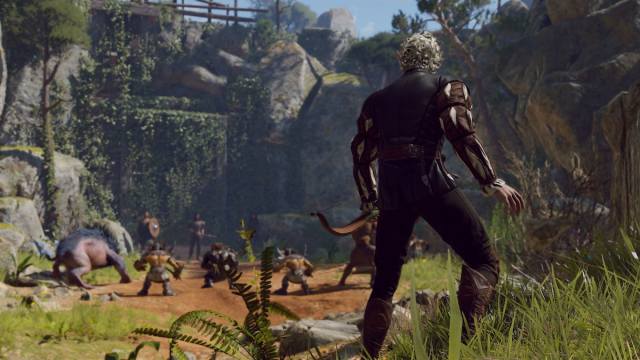
7. Barbarian
If you want an accessible playstyle with a clear role of tanking and decent DPS, Barbarians pride themselves as a mid-tier class. The reason they’re not placed higher on this list is due to their lack of flexibility. Tanking and melee combat can sometimes fall short, and late-game encounters might require a bit more than what a Barbarian usually does.
You can fling your foes across the battlefield and rage against the machine to your heart’s content, thus mitigating damage by half. But Barbarians can’t force aggro on themselves and are highly susceptible to mental and movement control spells. Their great tanking potential, contrasted by their lack of adaptability to situations, lands them a spot in the middle. In case Barbarians sound appealing to you, here are some great feats to improve your Bonk! capabilities.
6. Wizard
The Wizard is the most iconic class in D&D, and they largely depend on the player’s skill level. They can be one of the worst classes in the game when their low survivability isn’t considered. Similarly, they can be one of the strongest classes if you utilize their vast spell selection in the right situation.
Essentially, this is why they’re in the 6-spot, as spell selection and moving around the battlefield avoiding danger is an unpredictable factor. They also have the best Spell List in the game, and a great Wizard will utilize it to its fullest. There are many ways to build a great spellcaster, check out this Wizard class build for more information.
5. Fighter
The usual melee Fighter playstyle isn’t that different from a Barbarian’s, but what elevates them slightly are their various options. With Fighting Styles, a Fighter can become an archer, a defensive fighter, a heavy hitter, or something else entirely. They’re flexible and can even pursue Spellcasting. That said, they have similar problems to Barbarians.
They can tank but not draw aggro in most situations. However, unlike other melee characters, Fighters have access to Combat Maneuvers. These can be used to draw aggro, knock someone prone, disarm them, and or perform various other utility actions outside of just dealing damage. The best part is that they don’t lose on damage by applying CC. In fact, the damage is even increased by a d8 and later d10. In this Fighter build guide, we explore the many ways you can build a powerful melee combatant.
4. Bard
If Wizards are the most flexible arcane casters regarding spell selection, Bards are the most flexible between martial and arcane combat, support, and roleplay situations. You can cast powerful spells, boost ally D20 and damage rolls, and influence NPCs to a great degree.
With the College of Valor class, you can wade into melee combat to a decent effect and boost your allies much more greatly. Furthermore, you can throw out high-level spells, as well, and even steal from other classes with the Magical Secrets feature. Granted, your survivability isn’t the best, but with spells like Aid and Blur, you can quickly make up the difference. If you’re interested in playing a Bard, check out this build guide for inspiration.
3. Sorcerer
Sorcerers are the heavy hitters among casters, the same way Paladins are the heavy hitters in the melee department. Both depend on spell slots as a resource, but Sorcerers take the role of artillery. You can dish out highly damaging spells from afar and manipulate them with Metamagic.
While your spell selection is limited, you can throw out each spell to your heart’s content with more spell slots and without having to prepare. In terms of area of effect DPS, this class probably takes the cake with the most reliable damage output among the casters.
2. Cleric
The vast Divine spell list of a Cleric is a godsend, literally. They’re ranked as the second-most powerful class. Why? Because they have access to their entire spell list at all times, similar to a Druid. Unlike the Druid, most of the spells on their list are quite powerful. From AoE healing from Prayer of Healing to effective AoE sustained damage from Spirit Guardians, Clerics are almost a must for any party.
Moreover, they can bring characters back from the dead, cure negative status effects quite early, and provide excellent support with Bless. They’re effective from Act 1 to Act 3, and you’ll never have to worry about weak levels like in some other classes. Clerics are a joyride of powerful features and effective spells for your party.
Speaking of features, here are some other interesting articles about playing a Cleric:
They can hopefully be useful for your new or current campaign.
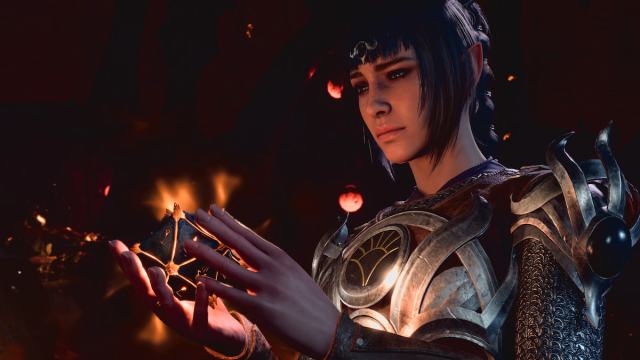
1. Paladin
Taking the top spot on our best Baldur’s Gate 3 classes is the heavily armored, hard-hitting, spellcasting danger crusader. Paladins almost do it all, and this isn’t a jack of all trades master of none sort of deal. No, they’re effective at everything they do, from healing and support spells to burst damage with multi-attack smites.
Speaking of which, grab the Polearm Master feat and a two-handed polearm, and you can do three attacks at Level 5, with each one adding 2d8 radiant damage. Granted, this is a resource-heavy playstyle, as you have limited spellslots, but most bosses won’t survive this onslaught for more than two or three rounds. After the dust settles, you can still heal with Lay on Hands, sport the highest AC in the game, and provide your allies up to +5 on all saving throws. Paladins are stacked.
Check out this complete build guide on playing a Paladin, as well as how to become an Oathbreaker, if you’re interested.
As always, take this BG3 class ranking with a grain of salt. Class effectiveness is different from class enjoyment. If you have an interesting idea about a character and their class, pursue that rather than someone’s rankings. Everyone has their own preferences and ways of playing the game, and all of them are right. Let’s dive in.
That’s our list of the best Baldur’s Gate 3 classes, ranked from worst to best. For more BG3 guides, check out our game hub. Furthermore, check out our individual class guides linked in each entry.





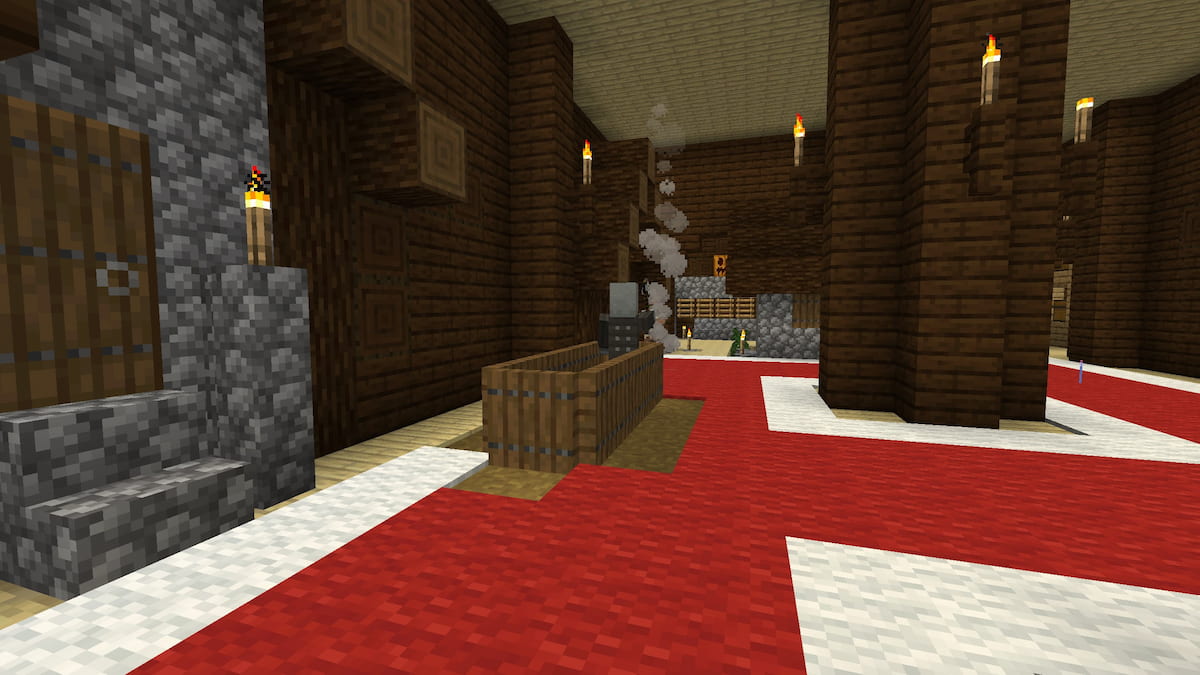
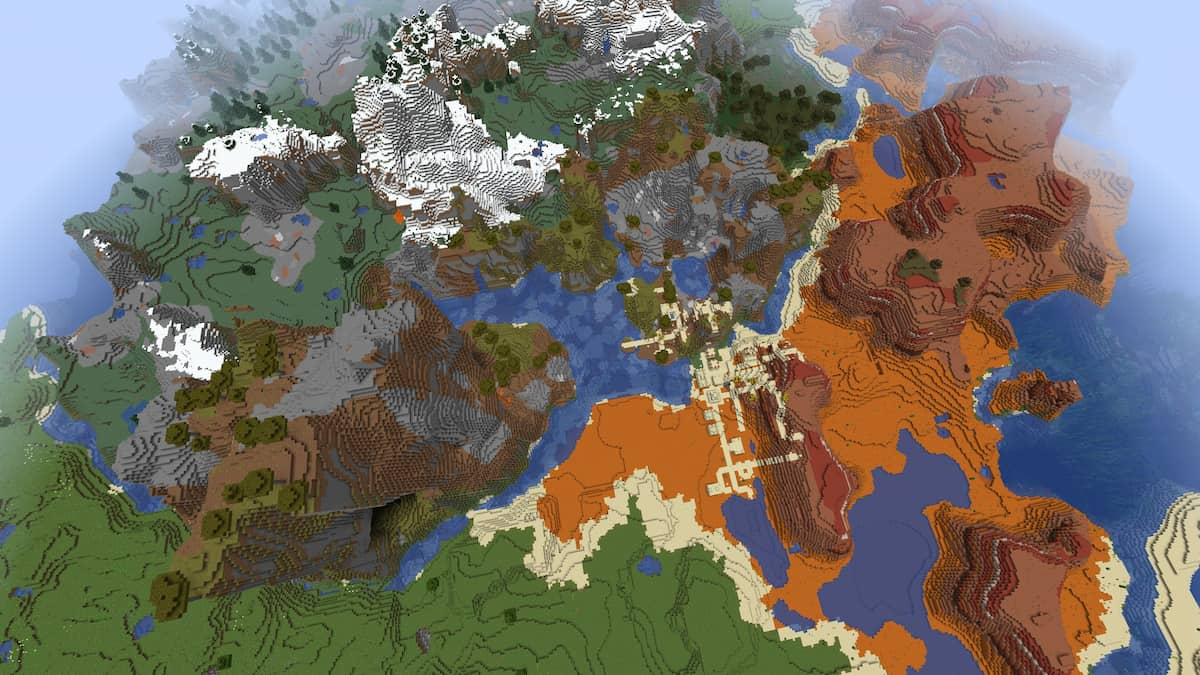
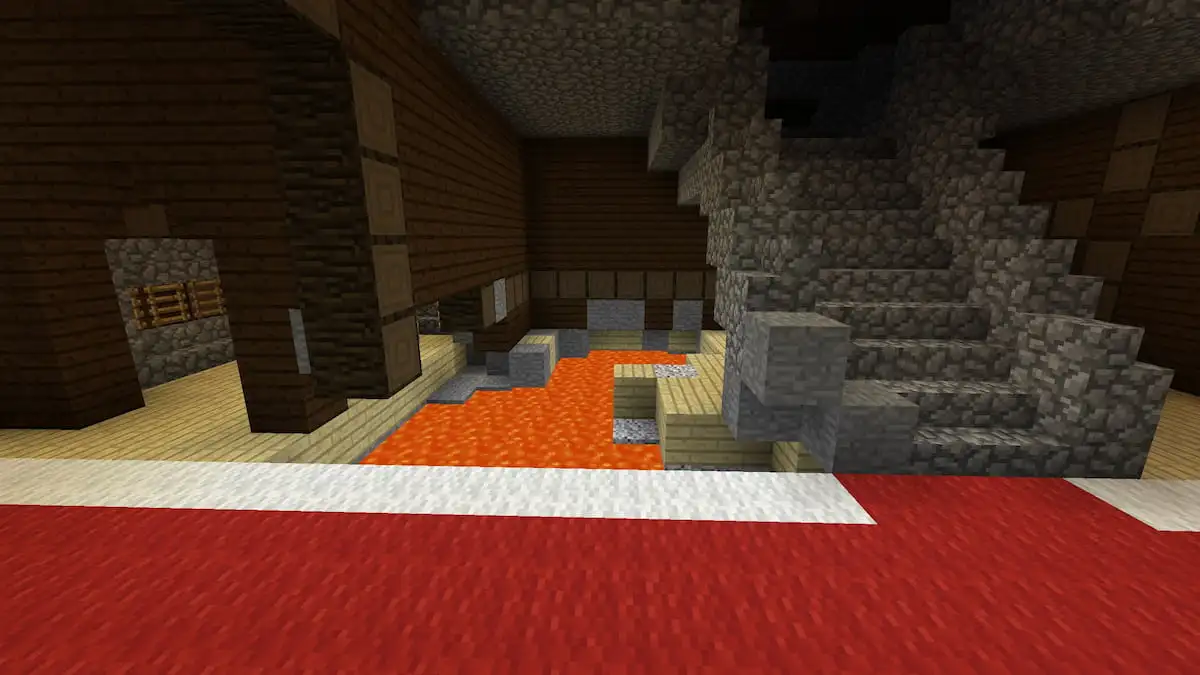
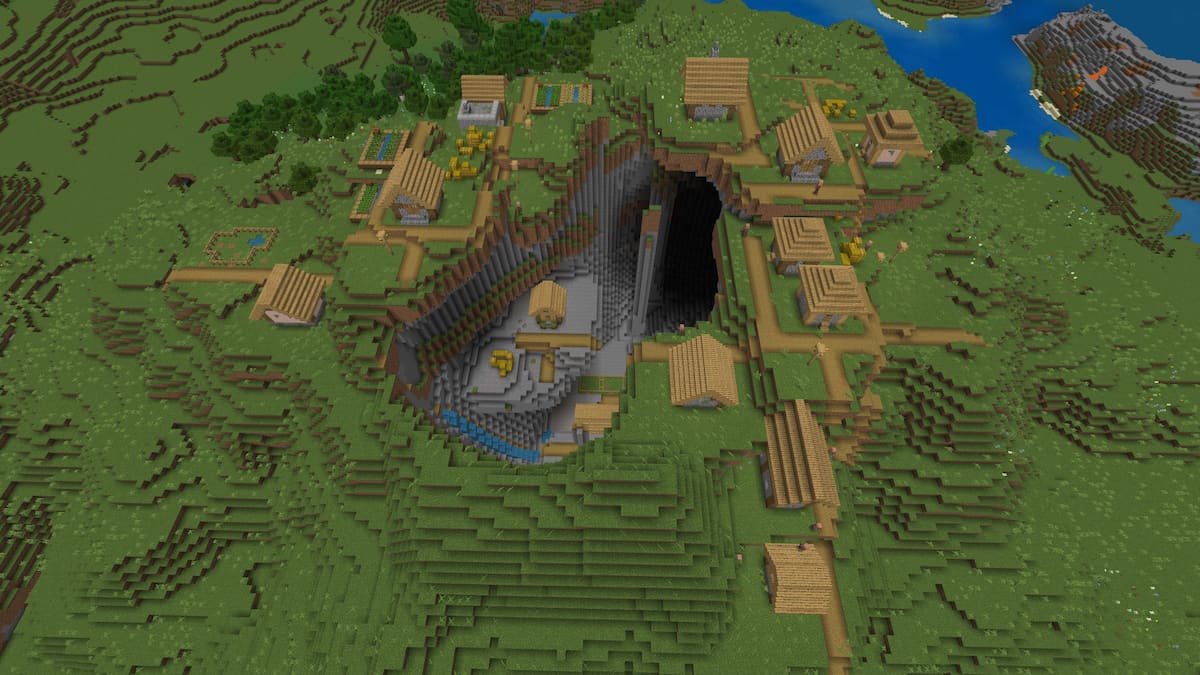
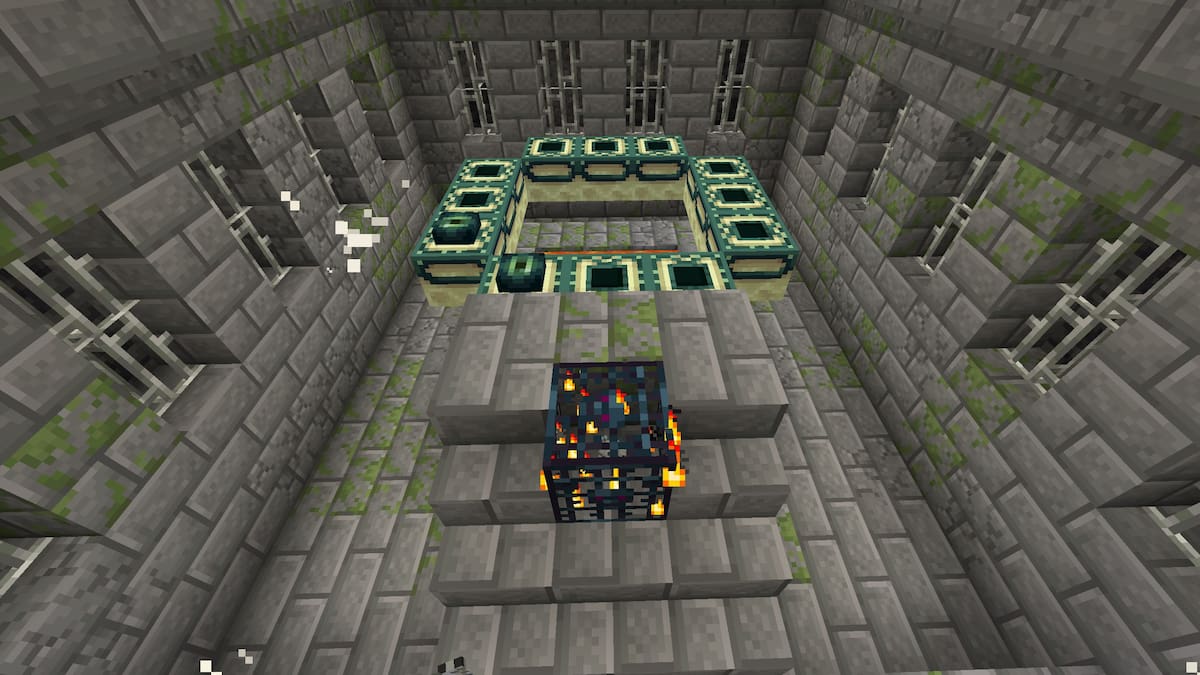
Published: Oct 6, 2023 11:53 am